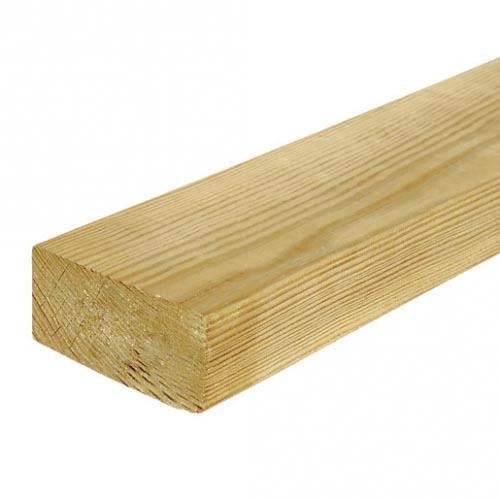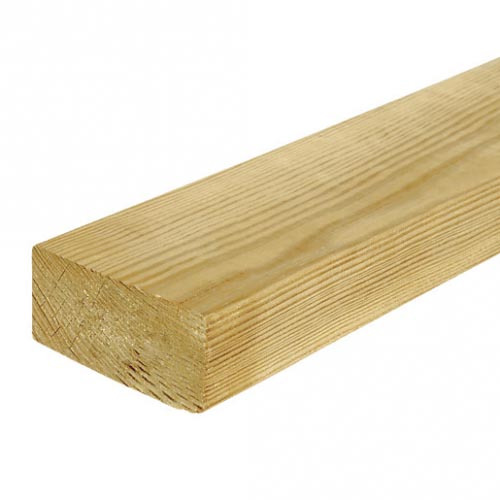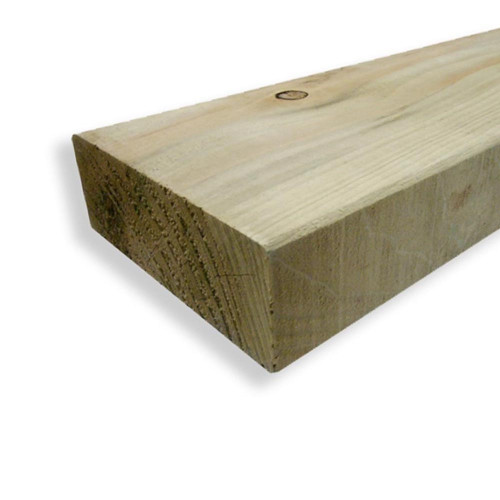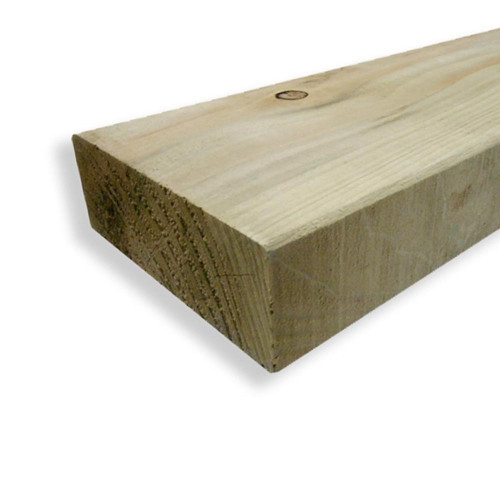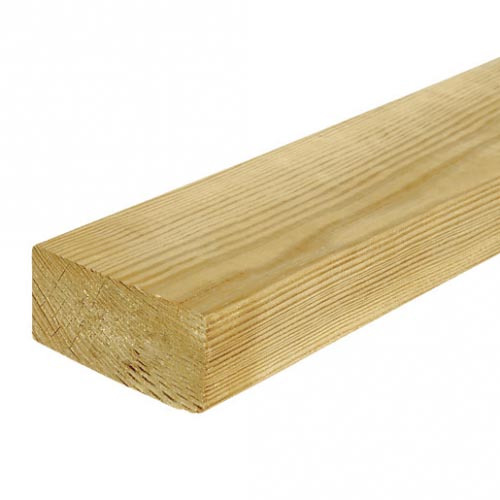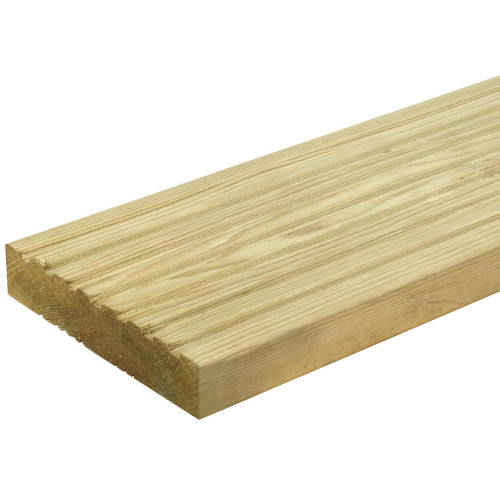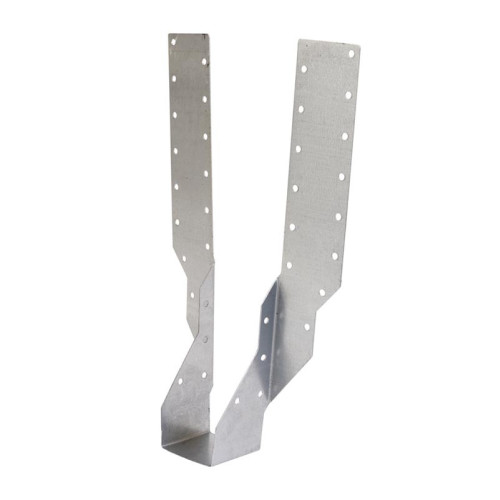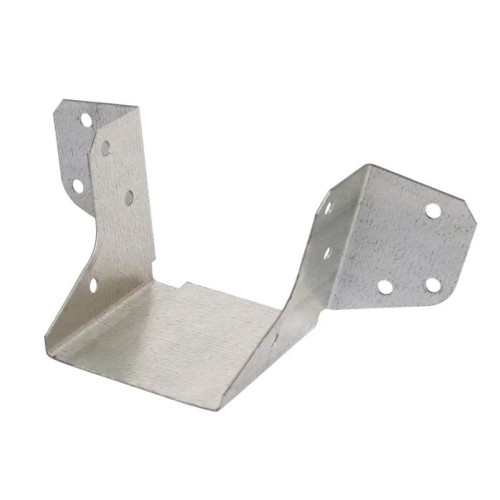Wooden Decking
Discover the perfect addition to your outdoor space with our premium wooden decking, available at East Coast Fencing. Whether you're a DIY enthusiast, a homeowner eager to enhance your garden, or a landscaper crafting beautiful outdoor areas, our wooden decking provides a high-quality solution. With pressure-treated boards and kiln-dried options, our decking ensures durability and longevity. Not to mention, we offer free delivery on orders over £99, making it easier than ever to transform your outdoor space.
At East Coast Fencing, we're committed to quality. Our wooden decking has been meticulously crafted to meet the highest standards, as reflected in our 10,000+ five-star reviews. We understand that choosing the right decking is an investment in your property, which is why our experts are here to help you every step of the way. Our online platform allows you to browse and purchase from the comfort of your home, ensuring a seamless shopping experience.
Whether you're building a new deck or replacing an existing one, our selection provides the versatility you need. Pressure-treated for enhanced protection against the elements, our wooden decking is built to last. And with delivery by East Coast Fencing, you can rest assured that your decking will arrive ready to install.
Pressure Treated Decking Boards
Pressure-treated decking boards are a favourite among those seeking durability and resistance to the elements. These boards undergo a special treatment process that infuses preservatives deep into the wood fibres, offering superior protection against rot, decay, and insect damage. Ideal for outdoor use, pressure-treated boards can withstand the unpredictable British weather, ensuring your decking remains in top condition for years to come.
One of the main advantages of pressure-treated decking is its cost-effectiveness. It provides an affordable option for those looking to create a stylish and sturdy deck without breaking the bank. These boards are not only easy on the wallet but also require minimal maintenance, allowing you to enjoy your outdoor space with less hassle.
In terms of aesthetics, pressure-treated decking boards offer a natural look that easily complements various garden styles. Whether you prefer a rustic charm or a sleek modern appearance, these boards can be stained or painted to suit your design preferences. The versatility of pressure-treated decking also extends to its use; from garden paths to seating areas, the possibilities are endless.
When it comes to installation, pressure-treated boards are straightforward to work with. Their uniform size and shape make them easy to lay down, whether you're a seasoned professional or a weekend DIYer. Plus, their durability means fewer repairs over time, saving you both time and money.
It's important to note that while pressure-treated decking is highly durable, proper care is still necessary to maximise its lifespan. Regular cleaning and sealing can help protect the wood and maintain its appearance.
Finally, our pressure-treated decking boards are sourced responsibly, ensuring that your choice is as sustainable as it is practical. At East Coast Fencing, we're dedicated to providing products that not only enhance your property but also respect the environment.
Kiln Dried Decking
Kiln dried decking is an excellent choice for those looking for stability and reduced risk of warping. This process involves drying the wood in a controlled environment, removing excess moisture and ensuring the wood settles into its final shape and size. This results in a more stable decking board that is less prone to movement once installed.
The primary benefit of kiln-dried decking is its dimensional stability. By removing excess moisture, these boards are less likely to shrink or expand, providing a more consistent and reliable material for your decking project. This makes kiln-dried boards particularly suitable for areas with fluctuating temperatures and humidity levels.
In terms of appearance, kiln-dried decking offers a smooth, clean finish that enhances the natural beauty of the wood. The drying process accentuates the grain, allowing the wood’s unique characteristics to shine through, making it a stunning addition to any garden space.
When choosing kiln-dried decking, you also benefit from easier application of finishes. With lower moisture content, these boards readily accept stains and sealants, allowing you to customise the look of your deck to match your personal style. This flexibility makes kiln-dried decking ideal for a wide range of decorative treatments.
Installation of kiln-dried decking is relatively straightforward, with boards that are easy to cut and fit. This is perfect for both professional builders and DIY enthusiasts looking to create a precise and polished finish for their outdoor projects.
While kiln-dried decking offers numerous benefits, it’s important to maintain it properly. Regular cleaning and applying protective finishes can preserve the wood’s appearance and enhance its durability, ensuring your decking remains beautiful and functional for years.
Finally, at East Coast Fencing, our kiln-dried decking is responsibly sourced, reflecting our commitment to sustainability and quality. Choose kiln-dried decking for a reliable and aesthetically pleasing addition to your outdoor living space.
Softwood Decking
Softwood decking is a popular choice for many, thanks to its affordability and ease of use. Typically made from coniferous trees like pine and spruce, softwood decking offers a cost-effective solution for creating a beautiful outdoor area without compromising on quality.
One of the key advantages of softwood decking is its workability. Softwood is easier to cut, shape, and install compared to hardwoods, making it a favourite among DIY enthusiasts and professionals alike. Its lightweight nature allows for quick and efficient installation, perfect for those looking to complete their decking project in a timely manner.
Despite its name, softwood decking is surprisingly durable. When properly treated, such as with pressure treatment, it can resist decay and insect damage, providing a long-lasting decking solution. Its resilience makes it suitable for a variety of climates, including the wet and windy conditions often experienced in the UK.
In terms of aesthetics, softwood decking offers a natural appearance that can easily be customised. It can be stained or painted to complement your existing garden design, or left to age gracefully, developing a silvery patina over time. This versatility makes it an attractive option for a range of outdoor styles.
One of the environmental benefits of choosing softwood decking is its sustainability. Softwoods grow faster than hardwoods, making them a more renewable resource. At East Coast Fencing, we ensure our softwood decking is sourced from responsibly managed forests, providing you with a green choice for your decking project.
Maintenance of softwood decking is straightforward, requiring regular cleaning and reapplication of protective treatments to maintain its appearance and durability. This ensures your decking continues to provide a welcoming and attractive space for outdoor gatherings.
Choose softwood decking from East Coast Fencing for a practical, stylish, and sustainable option that enhances your outdoor living space. With our expert curation and dedication to quality, you can trust in our products to deliver the results you desire.



